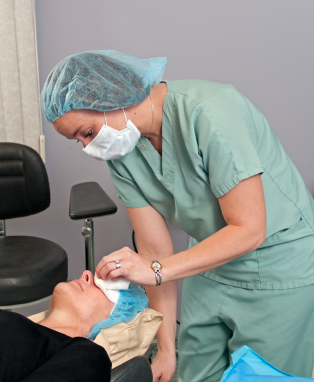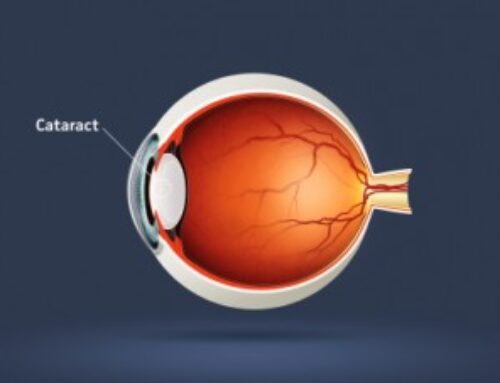 Eye muscle surgery is performed to weaken, strengthen, or reposition any of the extraocular muscles (small muscles) located on the surface of the eye, that move the eyeball in all directions.
Eye muscle surgery is performed to weaken, strengthen, or reposition any of the extraocular muscles (small muscles) located on the surface of the eye, that move the eyeball in all directions.
The extraocular muscles attach to the sclera (the white, opaque, outer protective covering of the eyeball) at different places just behind the eye. The other end of each of these muscles attaches to a part of the the eye socket in the skull. These muscles enable the eyes to move up, down, to one side or the other, or any angle in between.
Normally, both eyes move together, receiving the same image on corresponding locations on both retinas. The brain fuses these matching images into one three-dimensional image that you know as your normal vision. A disorder known as a strabismus which is a disorder where one or both eyes deviate from “normal” alignment. Eye surgery, weakening or strengthening the appropriate muscles to center a person’s eyes, can correct this deviation and dramatically improve many areas of your life.
Eye muscle surgery is performed by our surgeons who have extensive specialized training in eye surgery. These eye surgery physicians are board-certified ophthalmologists. The surgery procedures are almost always performed as outpatient surgeries. That means that the patient comes into the our facility the morning of the surgery and goes home the same day.
Your eye doctor can clarify these potential concerns for you at your next visit.
- What is the chance of needing a second operation?
- What are the possible risks and complications?
- Will I need eyeglasses?
- How much eye muscle surgery do you perform each year?
- Are there alternatives to surgery?
- Is a patch worn after surgery?
- Are there any scars after surgery?




